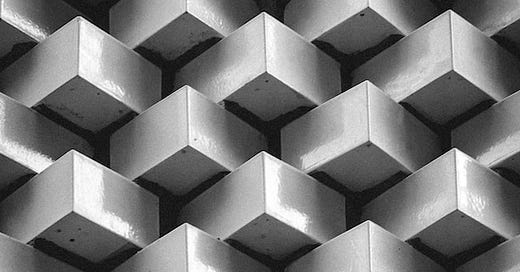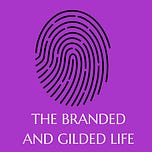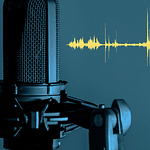James Dyson built over 5000 prototypes of the 'Cyclone' vacuum cleaner to get it right.
He made one change at a time, so he knew exactly what was going wrong or in the right direction. Not 2 or 3 changes. One.
He was told by every manufacturer that vacuum cleaners could not get any more efficient.
The 'cyclone' technology had to be developed to suck up dust particles smaller than 1 micron. A Physics professor told him anything less than 20 microns was impossible.
He had to buy out a partner who didn't believe it was possible either.
He tried to license the technology to manufacture it but no one was interested.
He finally had to do it himself.
The vacuum had a transparent pipe showing the dust being collected. All previous research had shown that consumers didn't want to see dust being swept up. The engineers liked seeing it, so they kept it.
It was priced at 4 times the cost of the established competitors. No one gave it a chance.
The few retailers who agreed to stock the product paid for it in advance. Those were the terms of the sale.
The people who bought it were not the rich. Their houses were vacuumed by maids and they couldn't care less.
It was bought by the middle class who wanted to keep their houses sparkling clean and found a product that worked as promised.
It took nearly 4 years to develop the first working prototype. And another 4-6 years to get it out to market.
James Dyson put up his home as collateral to raise the money from a bank.
In the entire set of events narrated so far, where do you see the inspiration?
Now, you know!
Photo by Crawford Jolly on Unsplash
Frydom
Sounds a bit like freedom, right.
A guy has created an interesting interactive site on the best shapes to fry.
Not too many surprises, actually.
The ridged shape 'fries' the best because of the surface area exposed to the oil.
What's a little surprising is that only potato fries were explored.
If it was India, you'll get all kinds of shapes and sizes to work with, apart from the incredible variety of things we happily drop into oil.
'Bajjis' the evergreen favorite of the commuters come in round coin shapes, stuffed with potatoes.
The long misshapen ones often hide a fiery chilli.
Entire batches are fried at a time and people patiently await their turn to dig into them.
But we also have this ability to combine the crisp outside with flaky and soft insides in the fries. Which calls for some specialisation and skillful techniques.
The 'fafda,' something that looks like the Gujarati version of the regular 'papad' seems to have evolved into one stage of automation.
Long and thin strips are laid reverentially across boiling oil and then packed off in 1 kg boxes for family consumption.
There are no stopping Indian families who like to fry everything from bitter gourd to capsicum.
There's even a complex recipe where ladyfingers are sliced, stuffed with masala, tied up with string and then shallow fried.
The resulting concoction can convert even the most die-hard ladyfinger skeptic.
May be an Indian website designer could explore the multiple sizes, shapes and textures of Indian fries to show the world that potatoes are not the ultimate gastronomic experience.
People who live in smart homes may be rendered dumb
It's mostly hype.
Reality is another matter altogether.
Lights coming on just as you enter home. The temperature adjusted to the precise degree that you have defined as comfortable.
Music begins to play from your favorite playlist, depending on what your mood is - determined by your latest tweet or smartphone conversation.
The coffee machine begins to bubble and froth based on the recipe you've fed in.
Now, let me pierce the bubble.
This is an account from a person who actually lives in one, so she should know.
The problem as usual, is that competitors are jousting with each other.
Google Speakers can work at odds with Alexa's instructions.
Some of the IoT players have a mind and systems of their own - and that leads to frustrating consequences.
Alexa gets a little too chatty for comfort, making various recommendations over the course of the day without being asked.
Lights come on at night when you're fast asleep - and not being able to put them off adds to a sense of powerlessness. It requires another update. Until it breaks again.
Weather bulletins are read out aloud even when they haven't been summoned.
Some of these are niggling problems but it shows us how far out on a limb we already are.
If our fridges are going to place orders without our knowing, calls made to ecommerce companies to deliver things that have run out, where will it stop?
And what happens when 4 people with different habits start living together in a smart home?
Whose instructions do the systems follow?
It's a recipe for chaos and we're just starting to see where the madness could lead.
Subscribe now and I'll send some interesting stuff on branding, behavior and markets to your inbox every week. Triggers for your thoughts. Share it with friends. Or anyone you think will be interested. All you have to do is click the link and enter an email address.













Share this post